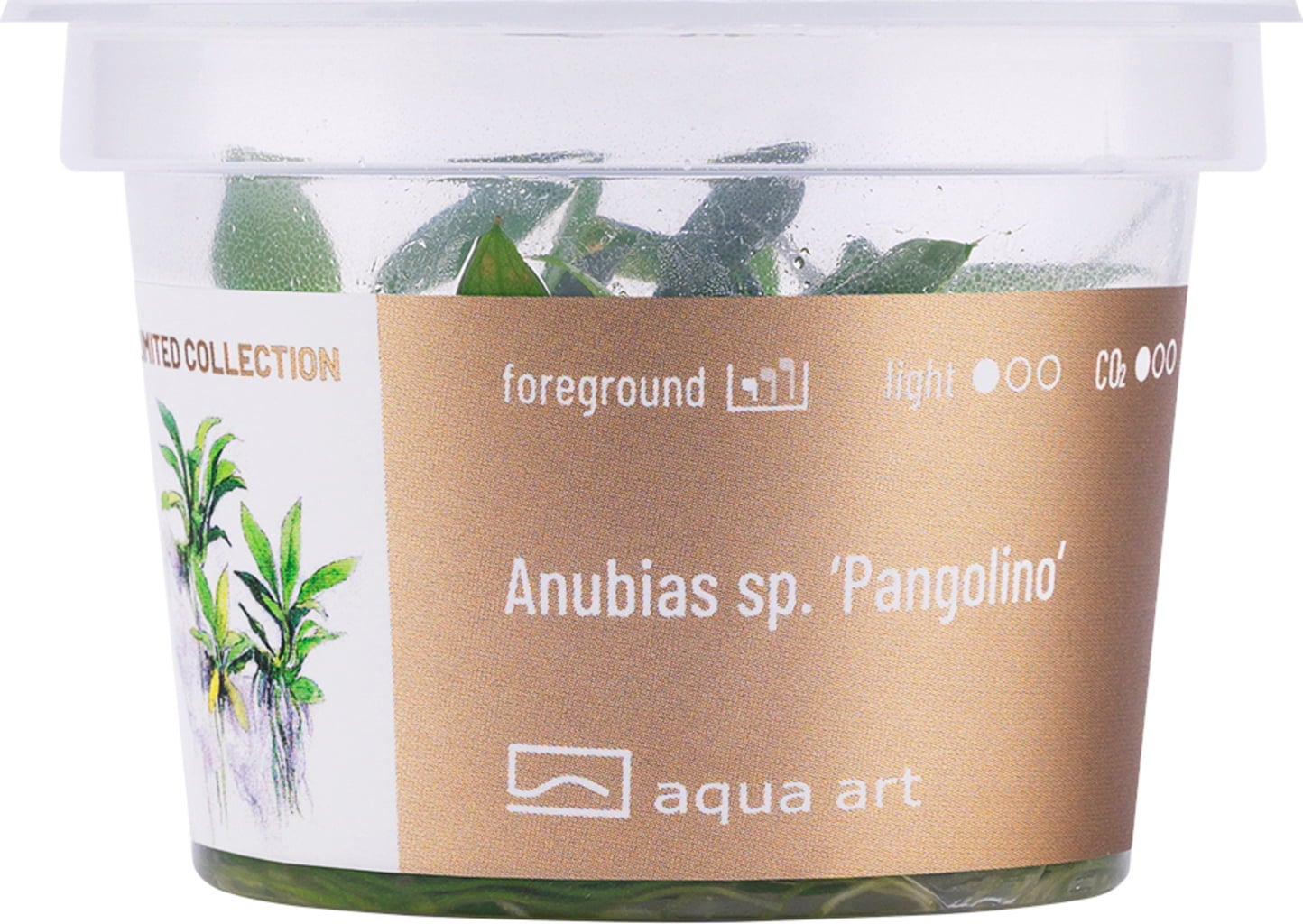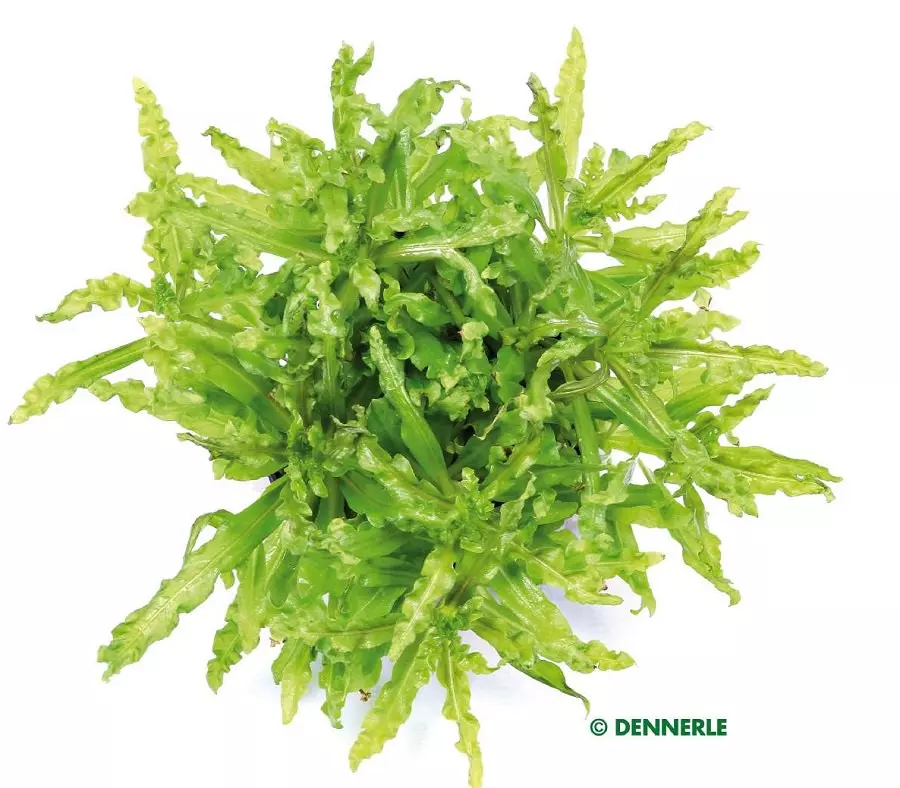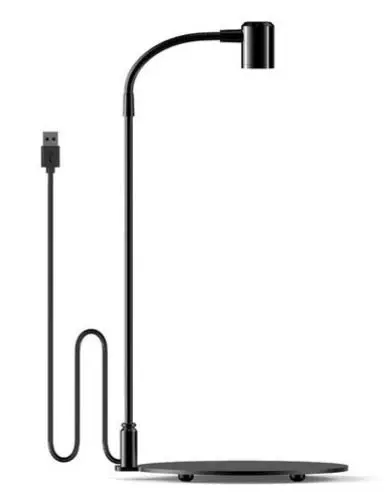







CHF 16.50
Stock: 2
Available, delivery time: 1-3 days

Invitro Anubias sp. Pangolino aquarium plant
Anubias sp. 'Pangolino' is one of the smallest Anubias species in the world and is an exclusive choice for aquascapers with a love of detail and lovers of rare aquarium plants. The in-vitro cultivated form provides you with a guaranteed snail and pesticide-free plant, perfect for sensitive shrimp tanks and nano aquariums.
With its extremely compact growth and tiny, bright green leaves, Pangolino is ideal for attaching to roots, rocks or as an accent in the foreground. Undemanding and easy to care for - grows even in low light and without the addition of CO₂.
Advantages at a glance:
-
✅ Extremely small-growing Anubias - ideal for nano-scapes
-
Cultivated in vitro - sterile & pesticide-free
-
✅ Shrimp-friendly & robust
-
✅ No planting necessary - grows on hardscape
-
✅ Easy to care for & slow-growing
Product details:
-
Name: Anubias sp. 'Pangolino'
-
Type: Perennial plant
-
Position in aquarium: Foreground, on hardscape
-
Growth height: 1-3 cm
-
Light requirement: Low to medium
-
CO₂ supply: Not required
-
Delivery form: In vitro cup (grown sterile)
-
Special feature: One of the smallest Anubias species in the world
0 of 0 reviews
Login
Customers also bought
Similar products
Customers also viewed























